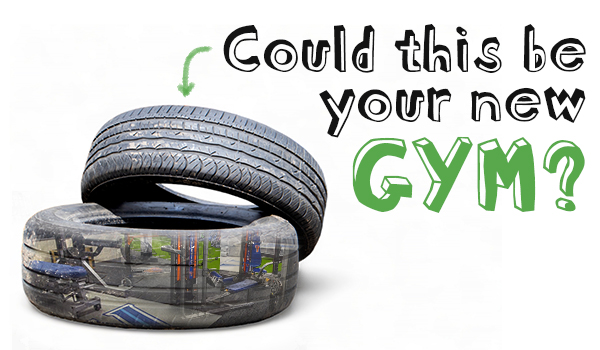
When it comes to solving the climate crisis and preserving our fragile ecosystems, there are two misconceptions we cannot afford. The first is the assumption that one solution will appear out of the blue and solve everything for us—a new renewable energy or perhaps a new biodegradable plastic. Frankly, we can’t afford to wait on such innovations. The second misconception is that there is nothing we can do as individuals that will make a difference. Nothing could be further from the truth!
We are in an “all hands on deck” moment. Whether you pick up trash on the highway or work in a bioengineering lab developing alternative fuels, your efforts are essential. Architects and designers can contribute in a substantial way too. Your choice of building materials can literally build a more sustainable future.
As you know, a floor is one of the largest indoor surface areas, especially if that building is a gymnasium, so specifying responsible sports floors will have big repercussions. Choosing sustainable materials isn’t easy. There are many factors to consider: indoor air quality, renewable resources, water and energy usage, the carbon footprint of material delivery, etc. You will need to measure all of these to make the best choice. Thankfully, the LEED point system from the USGBC provides a helpful framework. Here, we are going to focus specifically on recycled materials and how they reduce waste in sports flooring.
There are two types of recycled materials you will encounter in flooring. Both reduce waste, but at different stages in the process. The first is “pre-consumer recycled content.” The term “pre-consumer” can be confusing. Hasn’t all recycled material been used before? If it hasn’t been “consumed,” how can it be recycled?
Pre-consumer recycled content is the term used for material that is repurposed before it leaves the manufacturing facility. In other words, it is waste associated with production that immediately goes back into a new product as a raw material component. Tarkett Sports’ Omnisports gym floor is a prime example of this type of recycling.
As rolls of Omnisports flooring are cut along the edges to form the finished product, the extra material is reintroduced into new rolls. A similar process occurs in commercial and residential carpet production. This type of pre-consumer recycling does more than conserve resources and save energy. It’s efficient, which means reducing the cost overall.
The second type of recycled material is post-consumer. Post-consumer recycling is what we all think of when someone mentions recycling. It represents the sometimes dramatic transformation of used goods into something entirely new or entirely different. In the sports flooring industry, there is no better example of post-consumer recycling than rubber weight room floors like Regupol’s Aktiv Series.
It’s a striking example. Regupol takes old car tires, which would otherwise end up in a landfill, and turns them into durable rubber floors. It extends the purpose of the original material in a dramatic way, adding years to its useful life. That means less harvesting of new rubber, energy efficiency that reduces carbon emissions, and diverting tons of waste that would otherwise be discarded. All Regupol’s Aktiv weight room floors have significant amounts of post-consumer recycled rubber.
If you are curious about the pre-consumer and post-consumer recycled materials in any of the floors Abacus Sports offers, please contact us. We can provide information and guidance for LEED certification or simply help you make informed environmental decisions.
